Before Cycle World Vol. 1, No. 1, in 1962, motorcycle magazines were just mouthpieces for the industry network, but Joe Parkhurst changed all that. As Peter Egan once said, Cycle World was finally a magazine “for those of us who wanted to buy motorcycles rather than sell them.” Parkhurst put it simply in his later years: “I was just a guy who worked on magazines, loved motorcycles, and could never find anything worthwhile to read about them.” He had been art director at Road & Track, long our sister publication, and was editor and art director at Karting World, the first high-quality magazine on that subject. “Editorial integrity and quality, though essential to the success of a magazine, were not readily accepted by an industry that had never ever heard a disparaging word about its products,” Parkhurst said.
Gordon Jennings, Cycle World’s first technical editor and good friend to Parkhust, said it best in one of his final columns for Motorcyclist before his death in 2000: “Joe Parkhurst founded Cycle World on the then-radical notion that a motorcycle magazine should do road-test reports that provided consumers honest, objective acceleration numbers and equally honest, if necessarily subjective, comments about handling, braking, and rider comfort. Cycle Publisher Floyd Clymer denounced Parkhurst’s plans, saying that taking an advertiser’s money and then criticizing his product was the same as stealing. … Parkhurst talked the printers into extending a line of credit, sold his sailboat and Porsche, drove around in an old Ford station wagon with matching holes in its floor and exhaust system, and on a couple of occasions, borrowed eating money from me. It was hollow-belly time for him, and things started that way for many lean months. I think most men would have tossed in their cards. He didn’t, and CW became America’s first modern-era motorcycle magazine, burying its feeble competition. … Give thanks to Joe Parkhurst, who started it all. Others might have done it, but Joe did.”
Parkhurst died in 2000, age 74, and left behind a legacy, a lifestyle, and a meeting place for all of us to share. In a lot of ways, Cycle World has also been a delightful textbook that continues to help people become more knowledgeable enthusiasts and better informed riders.
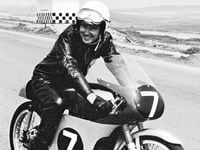
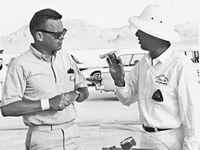
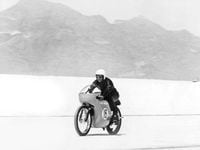
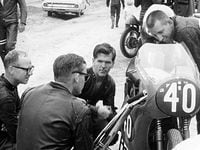
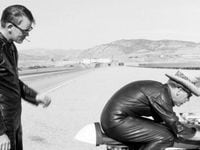
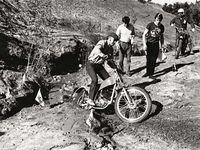
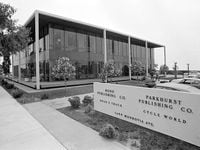
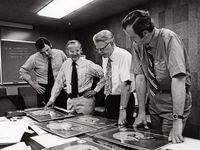
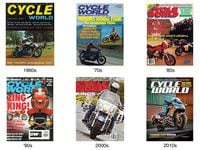
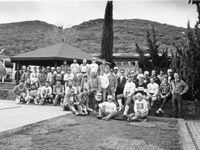
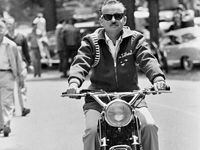
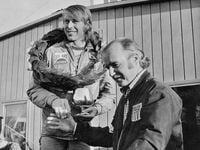
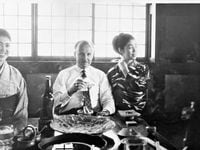
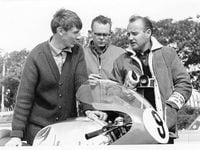
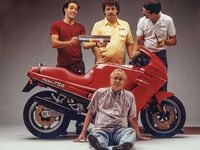
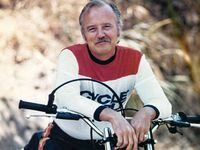
/cloudfront-us-east-1.images.arcpublishing.com/octane/A4EN3OE2HRBXVFICJ6K62CNXCM.jpg)
/cloudfront-us-east-1.images.arcpublishing.com/octane/ZBLIY3XNQ5ACNNJ65IL44KBZAE.jpg)
/cloudfront-us-east-1.images.arcpublishing.com/octane/HDO56KGQB5H25DJRM2J2PH2E5A.jpg)
/cloudfront-us-east-1.images.arcpublishing.com/octane/NZKPFUWBHVGYJAFQPCXWAK6BZM.jpg)
/cloudfront-us-east-1.images.arcpublishing.com/octane/K5ZSQFMYQZHWRFXTTW4PEWMUDM.jpg)
/cloudfront-us-east-1.images.arcpublishing.com/octane/D2SOSBIQQRBPTERNSOJRAW3KYY.jpg)
/cloudfront-us-east-1.images.arcpublishing.com/octane/DS3Q5X2VJFFAJDK2PWB3Y7K6U4.jpg)
/cloudfront-us-east-1.images.arcpublishing.com/octane/4KBL4JAMYRFDPEINTWATDUH7OM.jpg)
/cloudfront-us-east-1.images.arcpublishing.com/octane/FXADK3MVSNBRTKJ2B7TPDCCJ5Y.jpg)
/cloudfront-us-east-1.images.arcpublishing.com/octane/M7L2CPXO55FRFMECW7QGDPGP6E.jpg)
/cloudfront-us-east-1.images.arcpublishing.com/octane/T4RWGLAEHVE2VCJZOTFTNGB2KA.jpg)
/cloudfront-us-east-1.images.arcpublishing.com/octane/JM4QGLAHWNGHPM74OEB7FVBFSY.jpg)
/cloudfront-us-east-1.images.arcpublishing.com/octane/BGPNXPDDYBHD3HL6YEZQOYHXTI.jpg)
/cloudfront-us-east-1.images.arcpublishing.com/octane/SND5GGQV4RDPPMZBSBEGIZ4SIY.jpg)
/cloudfront-us-east-1.images.arcpublishing.com/octane/XUDDAPYZMZEL5EDPVDJ2DTULWI.jpg)
/cloudfront-us-east-1.images.arcpublishing.com/octane/M7AU2L6GAVCJVHW57LIRPDAAUQ.jpg)
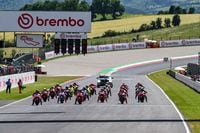
/cloudfront-us-east-1.images.arcpublishing.com/octane/JKEJY7P43JGD5C5NJO2VJQJPUM.jpg)
/cloudfront-us-east-1.images.arcpublishing.com/octane/YROKYJYUQVGPHCEMPTGBWDQCKQ.jpg)
/cloudfront-us-east-1.images.arcpublishing.com/octane/QIHEYR66TZDAPCGMWHCWCBC4XA.jpg)
/cloudfront-us-east-1.images.arcpublishing.com/octane/4FTBMNZL5BD2ZHY62XXRHJW6PI.jpg)
/cloudfront-us-east-1.images.arcpublishing.com/octane/L2BHKRCEMFDF7O3S4REZXPDH2E.jpg)
/cloudfront-us-east-1.images.arcpublishing.com/octane/QHENIV3HMJCTTCXQ6O5YPTNRZ4.jpg)
/cloudfront-us-east-1.images.arcpublishing.com/octane/K3VNQBIAKVGIHIGBRG7QKJYLVI.jpg)